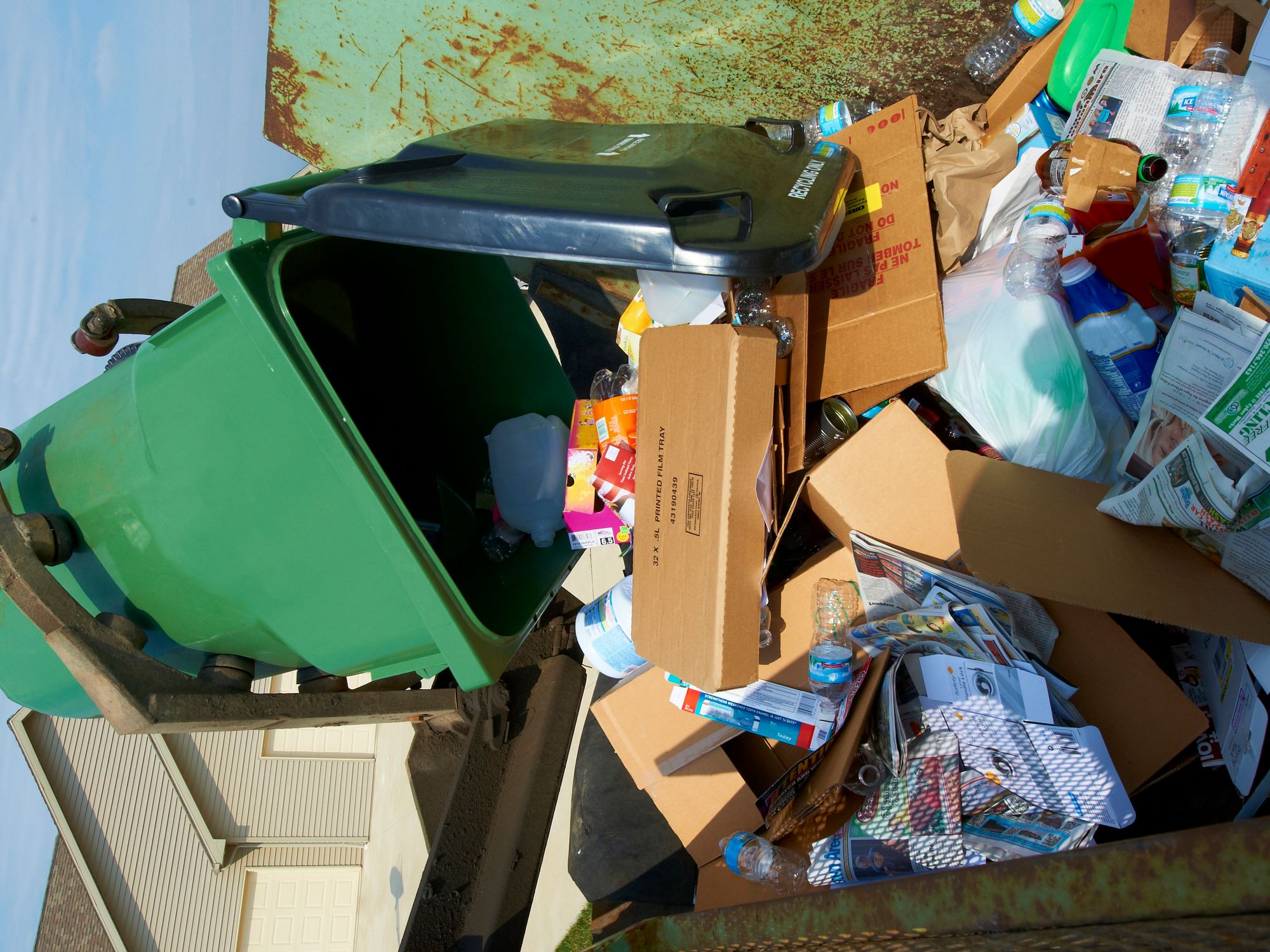Is it a solid waste?

- A solid waste is any material that is abandoned, recycled, considered inherently waste-like, or a military munition.
A solid waste, as defined at 261.2, is any material that is:
- Abandoned
- Recycled
- Considered inherently waste-like
- A military munition
Solid wastes may be disposed of at regular municipal solid waste landfills or combustors, which are considerably less expensive than hazardous waste treatment, storage, or disposal facilities. Note that some states have additional regulations for certain solid wastes that they call “special wastes,” or “industrial wastes,” so be sure to check with the state before sending any solid wastes to the landfill.
In order to be a hazardous waste, a waste must first be a solid waste. While they are called “solid,” solid wastes may be solids, liquids, or even gases.
Excluded solid wastes
If there is definitely a solid waste, check the regulation at 261.4 to see if it is excluded from the definition of a solid waste. The wastes listed below are not considered solid wastes because they are excluded from the definition. These wastes are still regulated, but they are regulated under different environmental programs such as the Clean Water Act (CWA):
- Domestic sewage
- Industrial wastewater discharges
- Radioactive wastes
- Spent wood preserving solutions that are reclaimed and reused in the wood preserving process
- Processed scrap metal
- Secondary materials that are reclaimed and returned to the original process (if the process is totally enclosed)
- Certain other recycled materials
